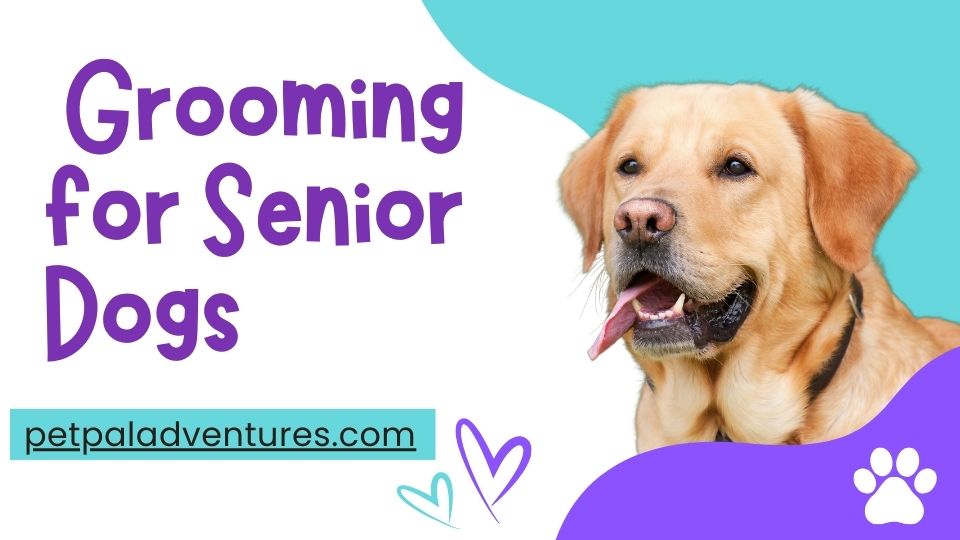
Grooming your senior dog is about more than just keeping them looking good—it’s a vital part of their overall health and well-being. As dogs age, their grooming needs change, and what was once a simple routine can become a challenge.
If you find grooming your senior dog difficult, you’re not alone. Many pet owners struggle with issues like stiff joints, sensitive skin, and increased anxiety in their aging dogs. But don’t worry—this guide provides step-by-step grooming techniques tailored specifically for senior dogs to ensure their comfort and happiness.
I. Introduction: Understanding the Challenges
Picture this: You gently try to brush your dog, but they wince with every stroke. Or they tremble at the sound of clippers, showing clear signs of anxiety. These are common struggles for owners of senior dogs.
Older dogs require gentle, safe grooming to ensure their comfort and well-being. This guide will help you learn:
- The unique grooming needs of senior dogs
- How to prepare a stress-free grooming session
- Step-by-step techniques to keep your dog clean and comfortable
- How to address common senior dog grooming challenges
- When to seek professional help
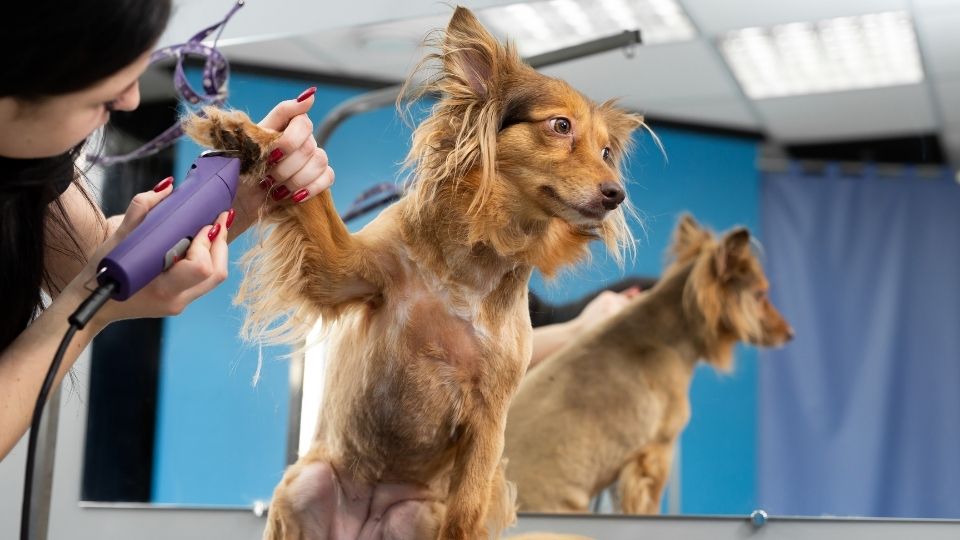
II. Understanding the Unique Needs of Senior Dogs
Aging brings changes that impact grooming:
- Arthritis and joint pain make movement difficult.
- Thinner, more sensitive skin is prone to irritation.
- New lumps, bumps, or skin conditions may develop.
- Cognitive decline or anxiety can make grooming stressful.
Because of these changes, grooming sessions should be shorter and more frequent. Always consult your vet before introducing new grooming products or routines to ensure they are safe for your dog’s specific needs.
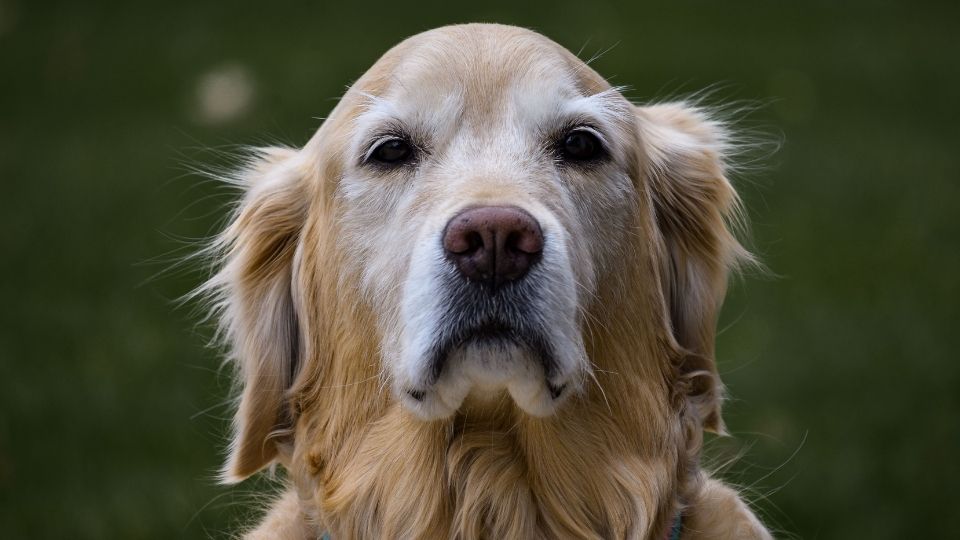
III. Preparing for a Stress-Free Grooming Session
1. Creating a Calm Environment
- Choose a quiet, comfortable space.
- Play calming music to soothe your dog.
- Use familiar blankets or a non-slip mat for stability.
2. Gathering the Right Tools
- Soft-bristled brushes for gentle strokes.
- Rounded-tip scissors to prevent injuries.
- Quiet clippers that reduce noise and vibration.
- Hypoallergenic shampoos and wipes for sensitive skin.
3. Performing a Pre-Grooming Check-Up
Before you start, check for:
- New lumps, bumps, or irritations.
- Signs of pain or stiffness.
- Any changes in their coat or skin condition.
If you notice anything unusual, consult your vet before proceeding with grooming.

IV. Step-by-Step Guide to Grooming a Senior Dog
1. Brushing
- Use short, soft strokes to prevent pulling.
- Remove loose fur and prevent mats.
- For tough tangles, use a dematting tool carefully or consult a groomer.
2. Bathing (If Necessary)
- Bathe only when needed, using lukewarm water.
- Use a mild, hypoallergenic shampoo.
- Keep sessions short and dry them gently with a soft towel.
- Consider dog grooming wipes or dry shampoo as alternatives.
3. Nail Trimming
- Trim nails carefully, avoiding the quick.
- Use a pet nail grinder if traditional clippers cause discomfort.
- If your dog’s nails are thick or brittle, a groomer can help.
4. Ear Cleaning
- Use a veterinarian-approved ear cleaner.
- Wipe only the outer ear using cotton balls (never use cotton swabs).
- Check for redness, swelling, or discharge and consult your vet if needed.
5. Coat Trimming (If Necessary)
- Trim fur around eyes, paws, and hygiene areas with rounded-tip scissors.
- For extensive grooming needs, seek a professional groomer.
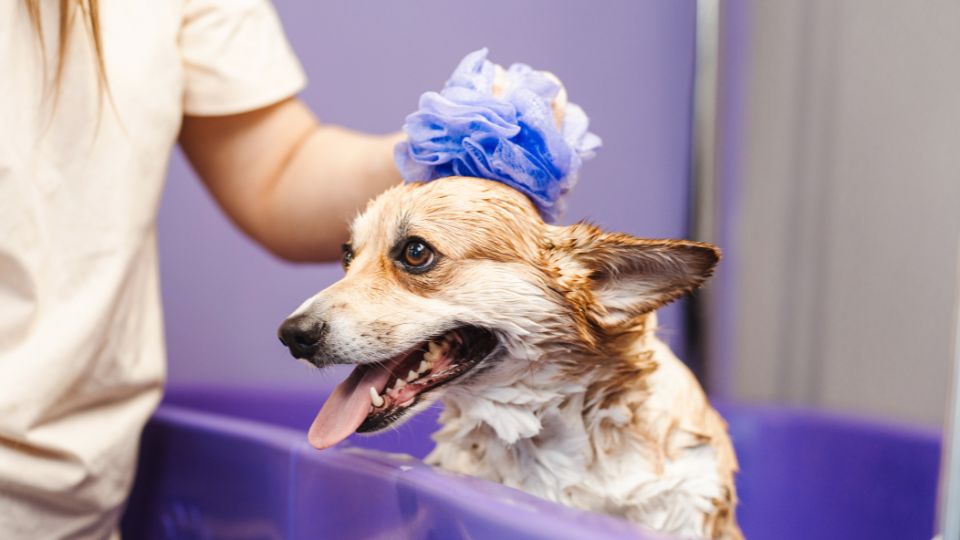
V. Addressing Specific Grooming Challenges
1. Arthritis & Mobility Issues
- Groom your dog on a soft, elevated surface.
- Take frequent breaks to avoid discomfort.
- Consider a grooming table with support straps.
2. Anxiety & Fear
- Use positive reinforcement (treats, praise).
- Speak in a calm, reassuring voice.
- Try calming chews or pheromone sprays if anxiety is severe.
3. Skin Sensitivities
- Use hypoallergenic shampoos and wipes.
- Brush gently to avoid irritation.
- Monitor for dry patches or redness and consult a vet if needed.
4. Cognitive Decline
- Keep grooming sessions short and consistent.
- Establish a predictable routine.
- Be patient and provide extra reassurance.
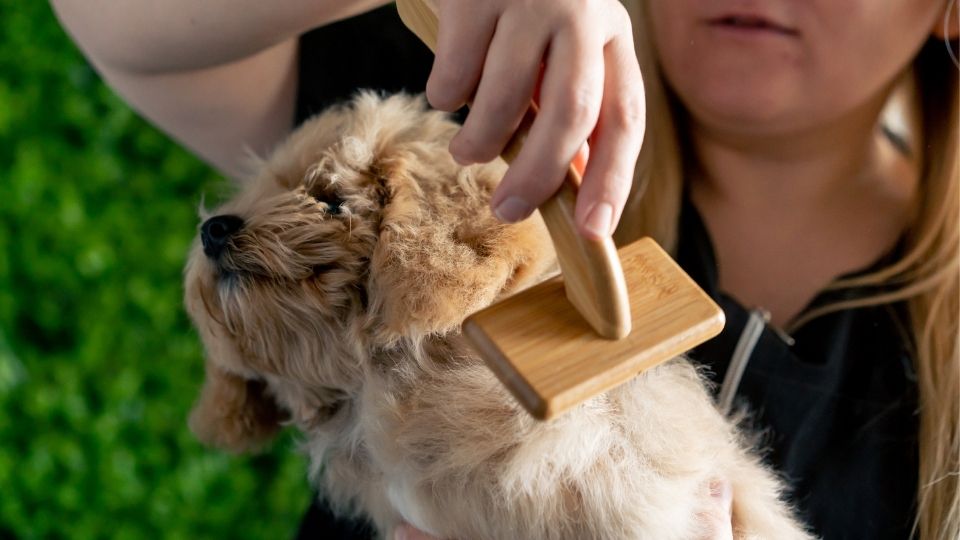
VI. When to Seek Professional Help
If your dog has:
- Severe arthritis or mobility limitations.
- High anxiety or fear during grooming.
- Thick, matted fur that’s difficult to manage.
A professional groomer experienced with senior dogs can help make grooming safer and more comfortable.
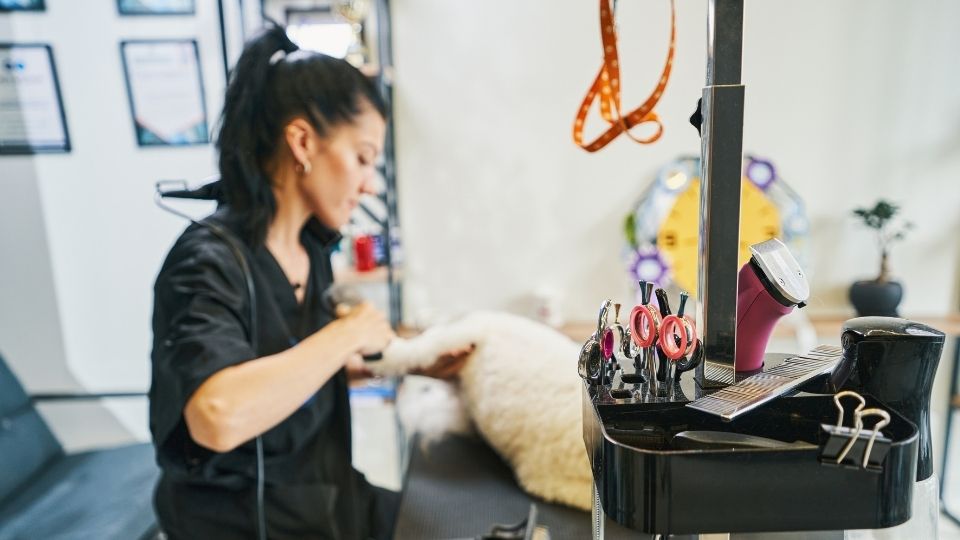
VII. Conclusion: Grooming for Comfort & Well-Being
Grooming a senior dog isn’t just about appearance—it’s about ensuring their comfort and well-being. By understanding their unique needs, using the right tools, and following gentle techniques, you can make grooming a stress-free experience.
With patience and care, you’ll help your senior dog stay happy, healthy, and looking their best.
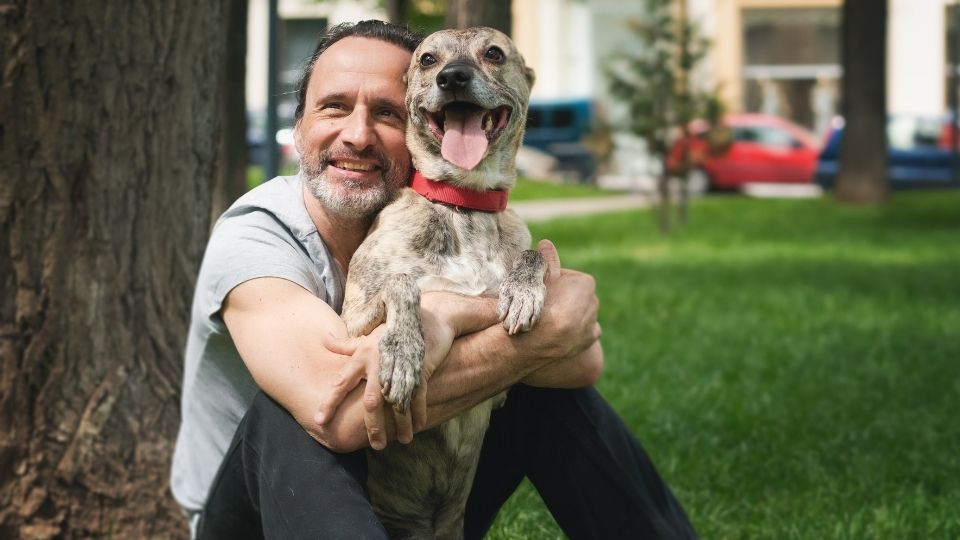
Got any senior dog grooming tips? Share them in the comments! #GentleGrooming #SeniorDogCare #DogLovers
Comments (1)
eliufvzozhsays:
May 19, 2025 at 1:18 amunpqlydeiomzzyelollouilnsqygkv